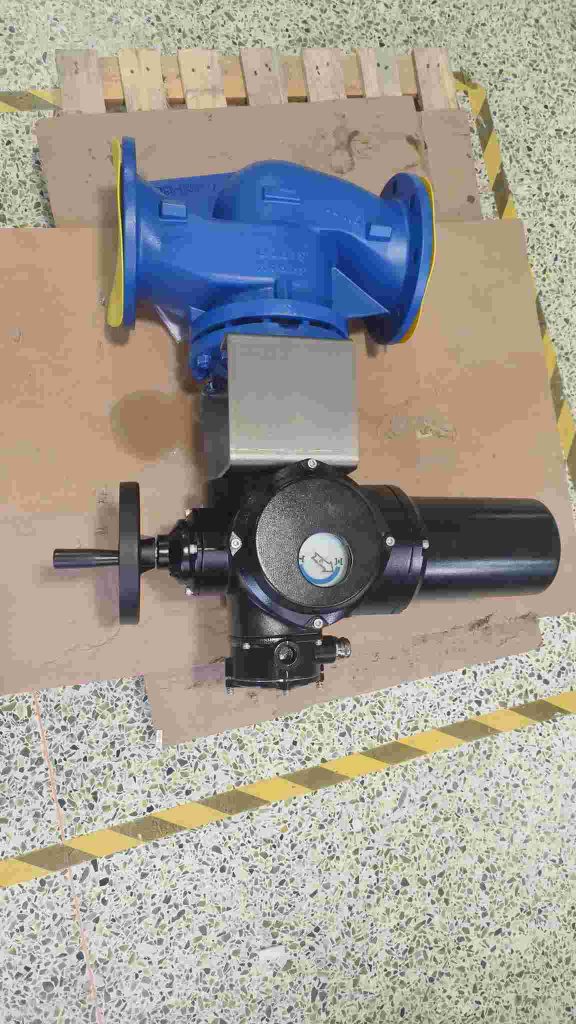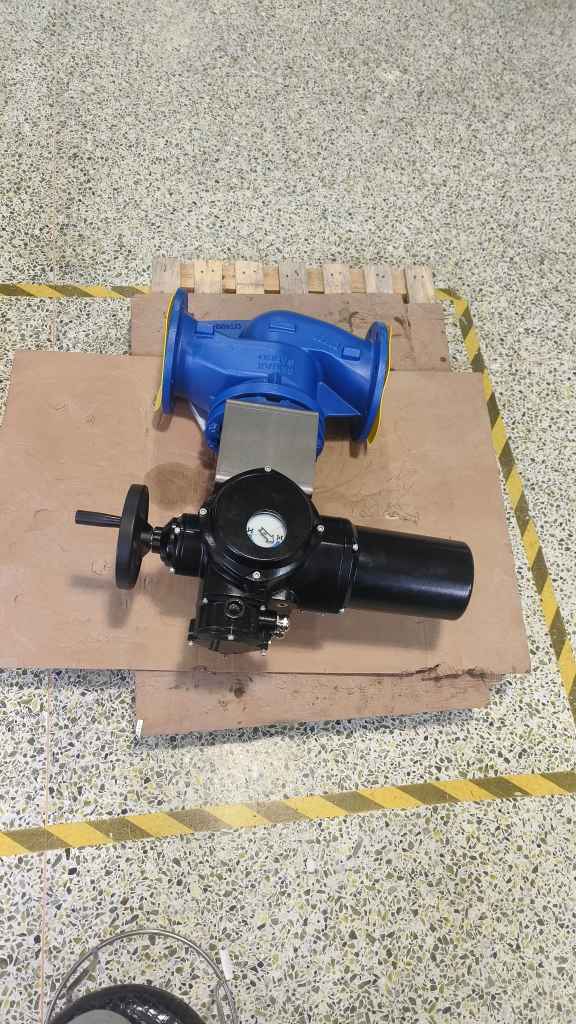Hydrogen energy is gaining momentum as one of the most promising alternatives to fossil fuels, especially in the quest for sustainable and clean energy solutions. As hydrogen energy technologies evolve, the need for safety and efficient control systems becomes paramount. One such critical component in hydrogen infrastructure is the Hydrogen Energy Electric Shut-Off Valve. This valve plays a crucial role in ensuring the safe and regulated flow of hydrogen gas, a highly flammable substance, through pipelines, storage tanks, and fuel cells. This article explores the function, importance, and applications of hydrogen energy electric shut-off valves.

What is a Hydrogen Energy Electric Shut-Off Valve?

A Hydrogen Energy Electric Shut-Off Valve is an automated device designed to control the flow of hydrogen gas in a system. These valves are typically electrically actuated, meaning they are operated by an electric signal rather than manual force. This feature makes them ideal for integration into automated hydrogen systems, providing precise control over hydrogen flow, pressure, and other key parameters. In the event of a leak, pressure drop, or system malfunction, these valves can shut off the hydrogen flow immediately, reducing the risk of accidents and ensuring the overall safety of the system. Their primary function is to stop or regulate the flow of hydrogen when required, whether for maintenance, emergency shutdown, or routine operation.
